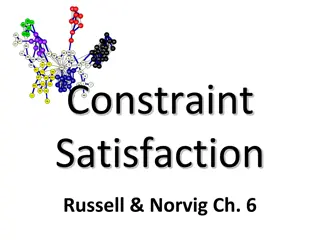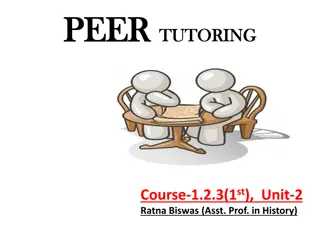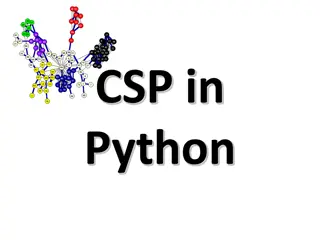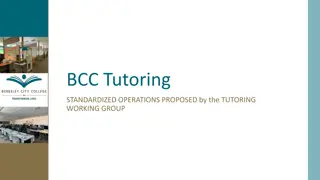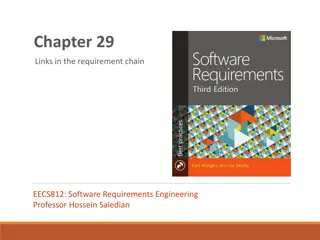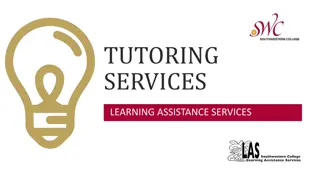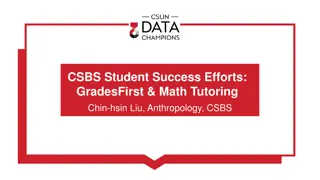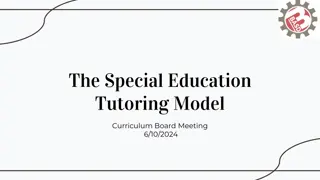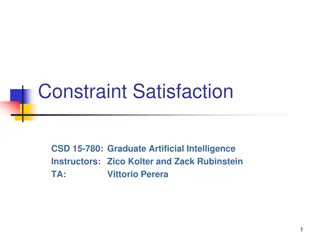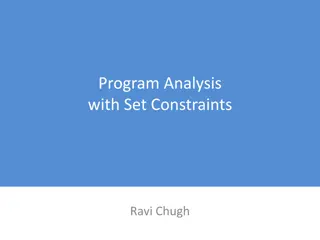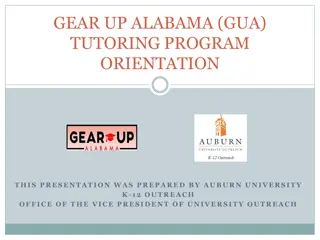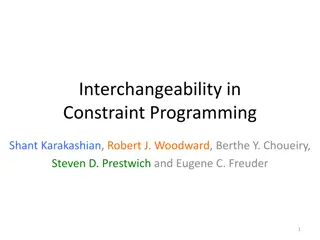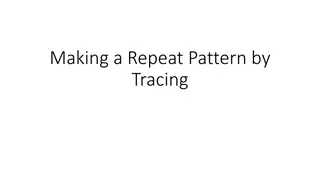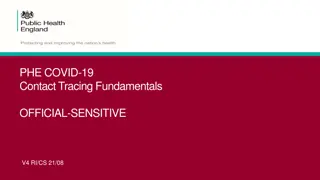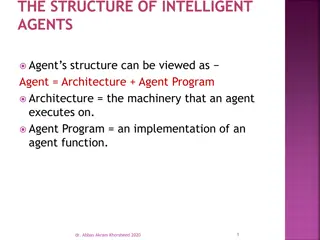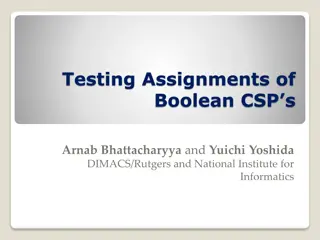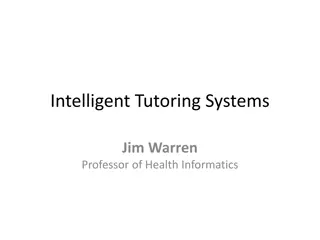Comparison of Model-Tracing and Constraint-Based Intelligent Tutoring Paradigm
Model-Tracing Tutor (MTT) and Constraint-Based Model Tutor (CBMT) differ in feasibility based on solution information richness and goal structure complexity. MTT excels in targeted remediation but demands higher development effort. CBMT is more suitable for information-rich domains. The choice between the two paradigms impacts solution quality and remediation process intricacy.
Download Presentation

Please find below an Image/Link to download the presentation.
The content on the website is provided AS IS for your information and personal use only. It may not be sold, licensed, or shared on other websites without obtaining consent from the author. Download presentation by click this link. If you encounter any issues during the download, it is possible that the publisher has removed the file from their server.
E N D
Presentation Transcript
A Comparison of Model-Tracing and Constraint-Based Intelligent Tutoring paradigm. V Kodaganallur, RR Weitz, D Rosenthal International Journal of Artificial Intelligence in Education, 2005
Compared building a model-tracing tutor (MTT) and a constraint- based model tutor (CBMT) for statistical hypothesis testing Are there specific problem domain characteristics that make one or other paradigm more suitable? How exactly does the development effort differ between the two? Does one or other paradigm inherently provide scope for better remediation? How do tutors built using the two paradigms differ in terms of the content of their knowledge bases, and what are the implications of these differences?
Findings The CBMT paradigm is feasible only for domains in which the solution itself is rich in information. No such restriction for model tracing. MT demonstrates superiority with respect to the ability to provide targeted, high-quality remediation; superiority increases with the complexity of the solution process goal structure. development effort for a model-tracing tutor is greater than that for a constraint-based tutor. This increased effort is a function of additional design requirements that are responsible for the improved remediation
Critical dimensions to chose between the two paradigms information richness of the solution the complexity of the goal structure that defines the solution process
If solutions have high information richness, cost of building an MTT might surpass the marginal benefit of procedural remediation and tilt the balance in favour of CBMT. implication: in a domain with rich information content solutions, CBM could be used for rapid prototyping (provided a constraint checking engine is available). Knowledge base of an MTT subsumes that of a CBMT, thus MTT with same remediation can always be built corresponding to any CBMT. Effort comparable to that for the CBMT because the assumption of equal remediation precludes having to build extra planning rules and buggy rules for the MTT. Building a CBMT with equal remediation to an MTT might not always be possible without deviating from the spirit of CBM, and would be as effort intensive.
Two of the researches who pioneered the CBMT paradigm (Mitrovic and Ollsson, MO) replied to this publication with a rebuttal to counteract some of the claims they made The authors of the paper (Kodaganallur, Weitz, Rosenthal, KWR) then rebutted to the rebuttal Feel free to perouse the remaining slides for more details
Problems of the sort identified for CBMT dont disappear going from simple to more complex domains Many existing CBMT systems have constraints sets similar in size to the one in the KWR comparison Kermit: 90 constraints Previous comparison of CBMT and CBMT: subset of Kermit with 23 constraints and 25 rules CAPIT: 25 constraints Normit: 23 constraints
As per statement above living CBT tutors do have some operator constraints how many are acceptable? Operator Constraints in KWR do represent domain principles (they give several examples) Constraint 476 given by MO as an example of domain principle is actually not It says that when there are n tables and the student has not used JOIN in the FROM clause, then there must be n-1 conditions in the WHERE clause The paper provides a counterexample for this rule, showing that it is specific to the subset targeted by SQL tutor
Problem: determine the median of a set of numbers Correct procedure: order the numbers and select the middle value If student gives wrong number A constraint that says what the number should be can only say that the answer is wrong To be more specific, one needs buggy constraints that specify different ways to make a mistake Not order the numbers first, provide the arithmetic mean
Also, MO argue that But claiming that CBMT tutors can be effective even without buggy constraints does not disprove KWR s point that CBMT cannot provide equivalent remediation than MT without buggy constraints
and other similar quotes from CBMT papers are given in the rebuttal KWM agrees that it is possible to write path constraints that somehow capture how a solution can be produced However They are against the initial philosophy behind CBMT There is no strong evidence that they have been successfully adopted The only CBMT cited to have those is Normit, and it only covers a very simple, 6 steps procedure
CBMT is hindered when the solution is not information-rich E.g. Compute 5+4x if x = 6. If answer is 54, CBMT can only say it is not correct, but can t give any other feedback Also, the counter-example MO provides is actually an information-rich solution
Mitrovitc et al performed a comparison of CBT and MT on the domain of database design (using a subset of the constraints in CBT Kermit) The MT was implemented, so I can handle a design task All design tasks attempted with CBT are very simplified, at a level that makes them quite well-defined, and with little room for creative solutions


